
Into this context, the Ciena Solutions Challenge introduced a fresh approach to our school, fostering student engagement and allowing them to act as investigators and researchers in projects with a social impact. Through our involvement in the Challenge, we gained a deeper understanding of the Sustainable Development Goals and their connection to the real-world challenges our region is facing. And, through our own activities, we discovered how schools can be pioneers in partnering with the community to design meaningful solutions to these challenges.
During their investigation, students discovered a significant issue faced by resin workers: the challenge of removing sticky resin residue from their hands. To address this problem, the students engaged in a project to develop an environmentally-friendly and sustainable detergent, offering an engaging and practical application in Chemistry classes. The solution has already been tested and approved, and the next step is to work on creating ecological packaging and publicizing it to the community.
In Chemistry we did an experiment in which we needed to create a solution that would remove resin from the skin, an experience that was not only cool, but also very necessary, since resin extraction is a very common job where we live, especially among young people.
Julia S. – Student
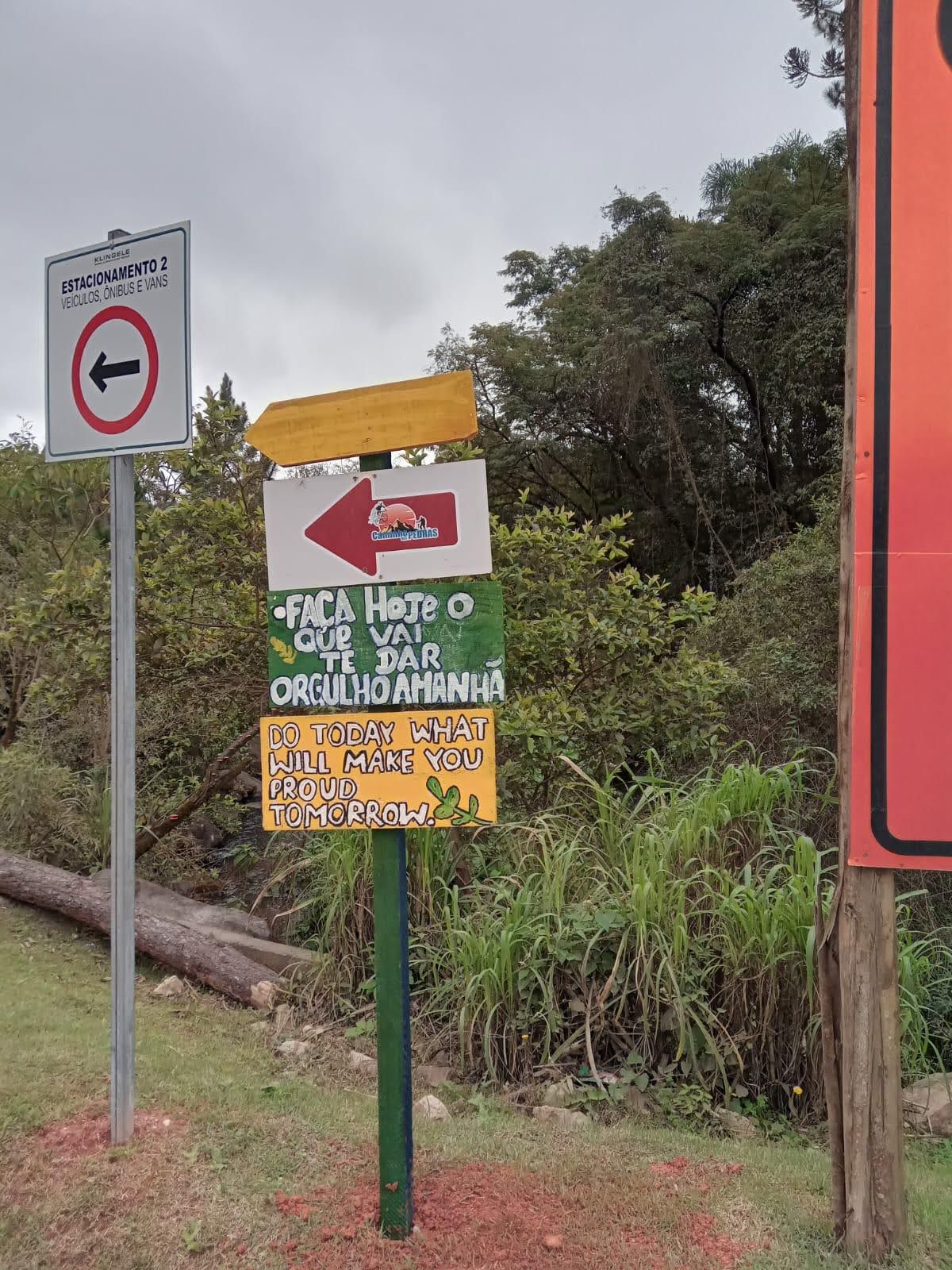
By establishing emotional connections with the themes, students tend to cultivate learning that is more sustainable and driven by their own motivation. This strategy also transforms our students into researchers, thereby increasing their awareness of their local community and empowering them to take creative actions.
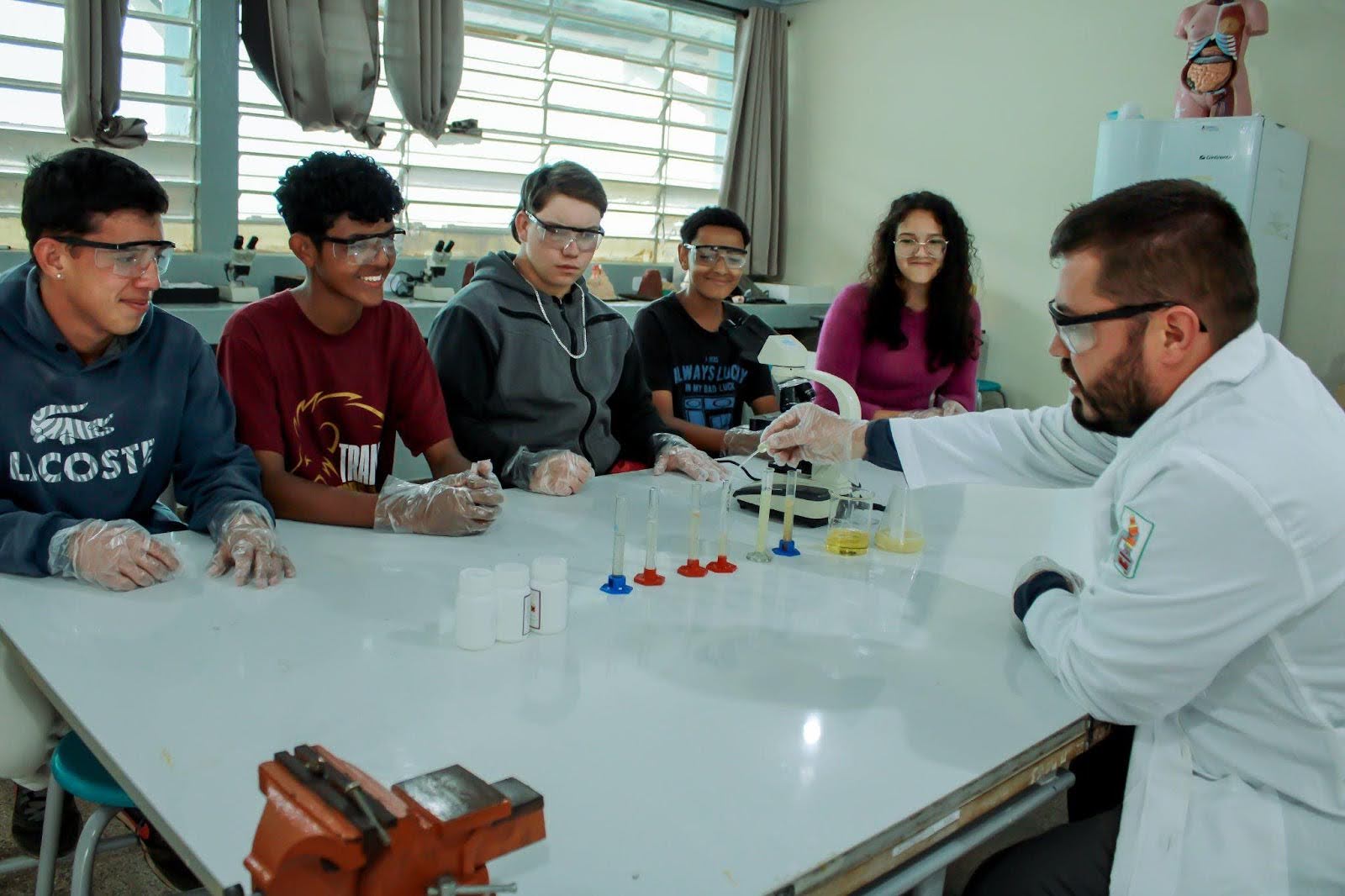
In addition to their studies and experiments in the school laboratory, students conducted research related to water in the school and surrounding areas, including measuring the pH value of local water sources and sharing their findings with local authorities to ensure water safety.
I carried out an experiment with a balloon and coffee under the guidance of my chemistry teacher to understand the greenhouse effect. I saw the balloon inflate, showing how gasses retain heat, similar to the greenhouse effect in the atmosphere. I learned that the increase in greenhouse gasses, such as CO2, contributes to global warming and climate change. This experience helped me consider sustainable solutions and my role in protecting the environment.
Josias M. – Student
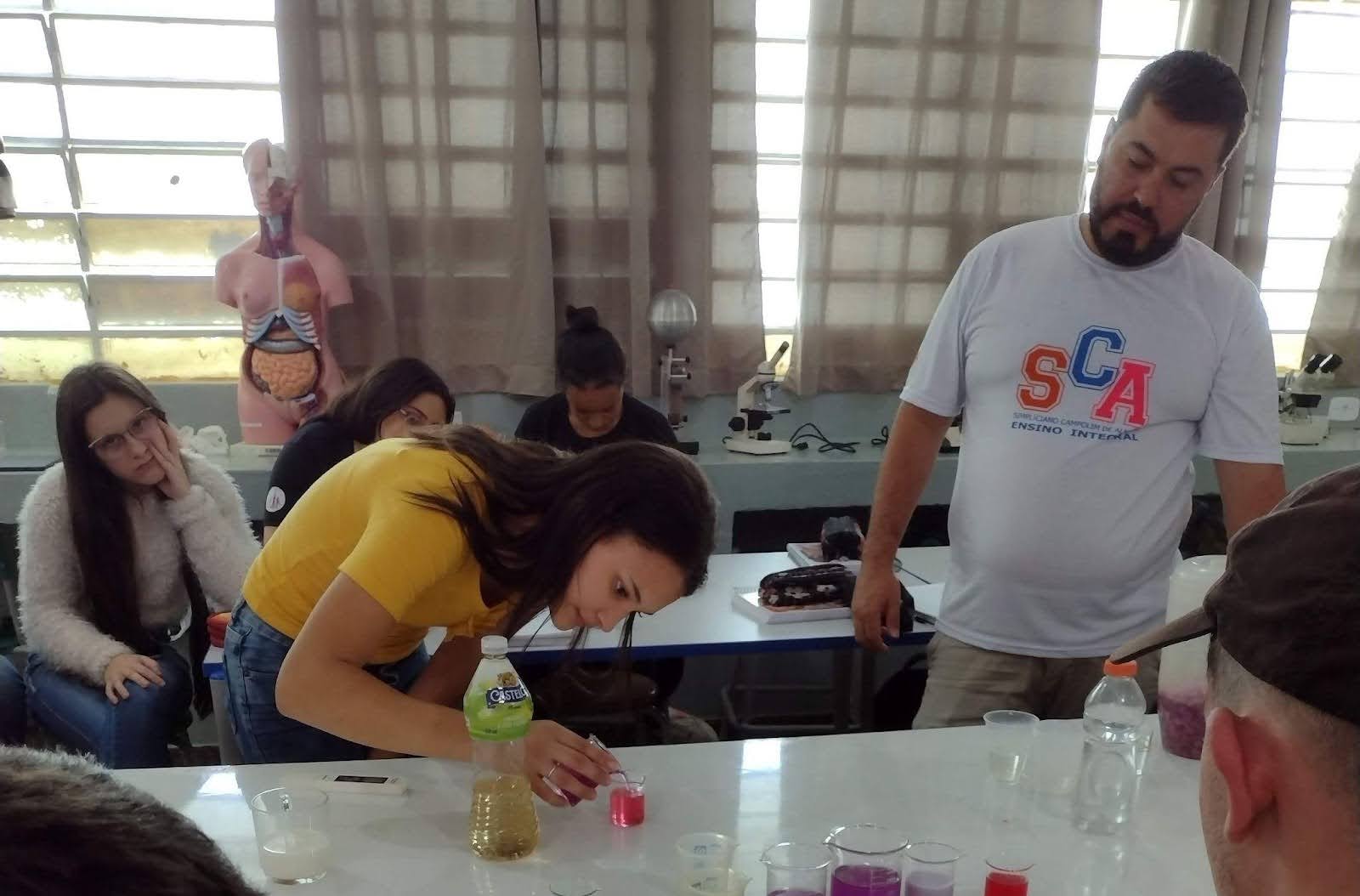
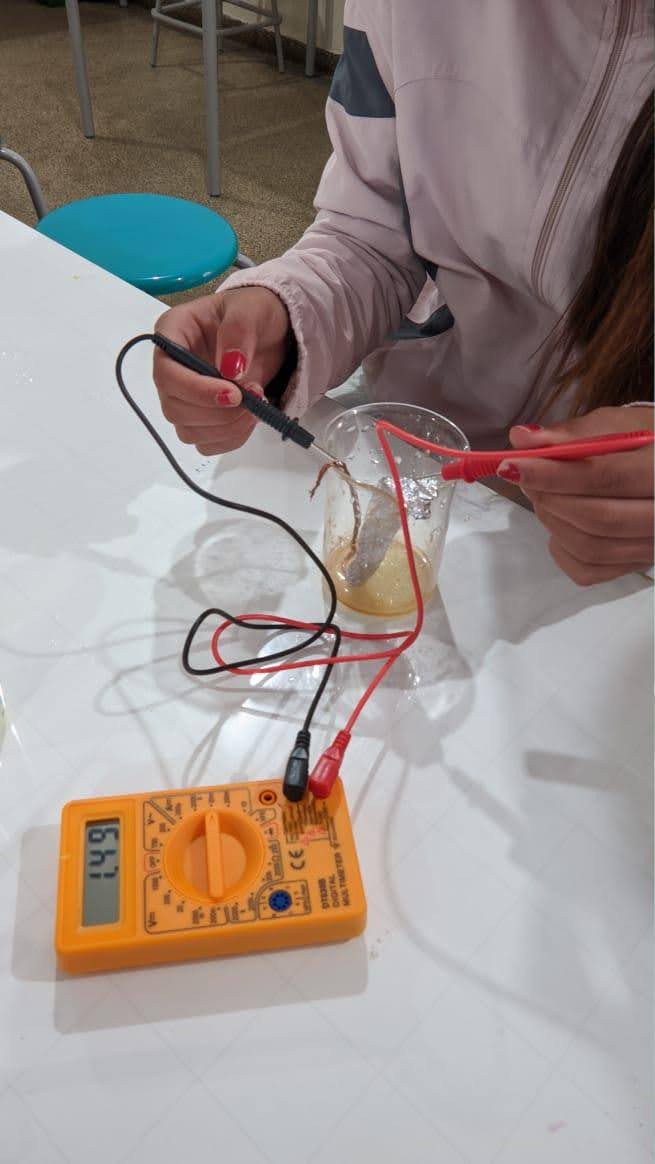
Along with a chemistry and geography teacher at the school, students traveled to a nearby neighborhood to learn about the Declaração de Aptidão ao Pronaf (DAP), a document that provides eligible individuals with access to various government programs and resources designed to support family farming, including credit lines, technical assistance, and other agricultural and rural development initiatives.
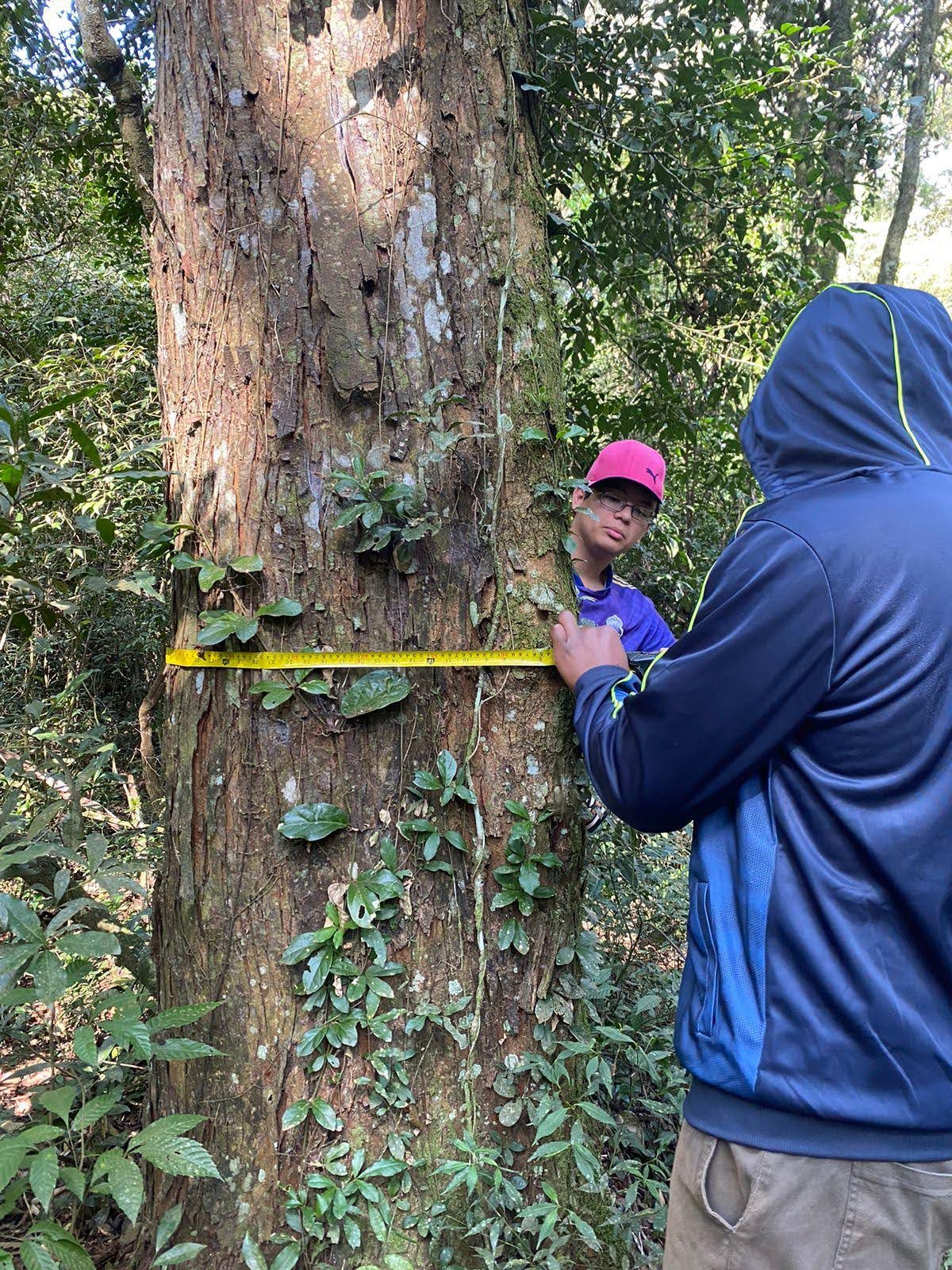
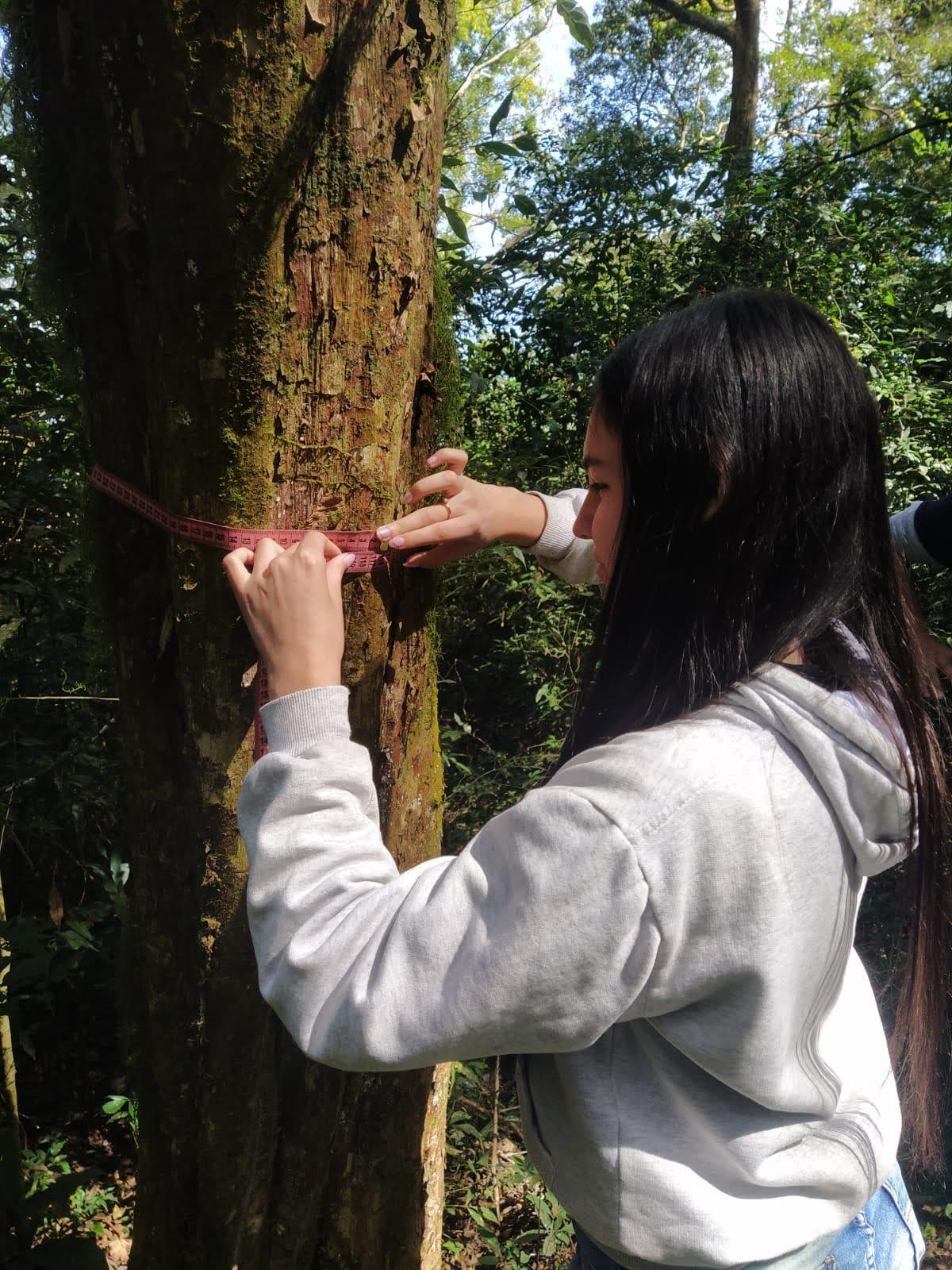
While there, they measured the height of the neighborhood’s native trees to obtain the cubic averages of predetermined paddocks and then used Google Maps to obtain the square footage of the native forest and how many cubic meters of wood could be found there.

As they explored the region more, students decided to use leftover wood from some local sawmills to highlight various places in the city and thus alert tourists about the importance of conserving places that have the potential to be tourism destinations.
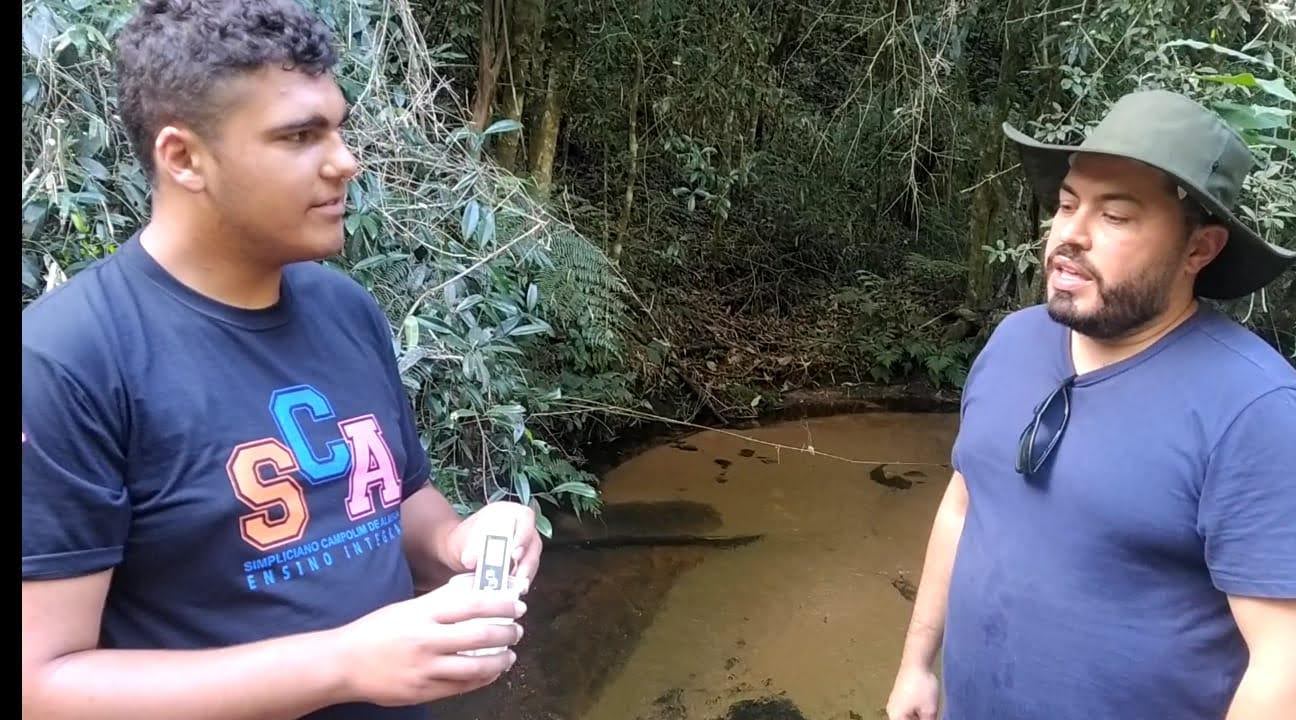
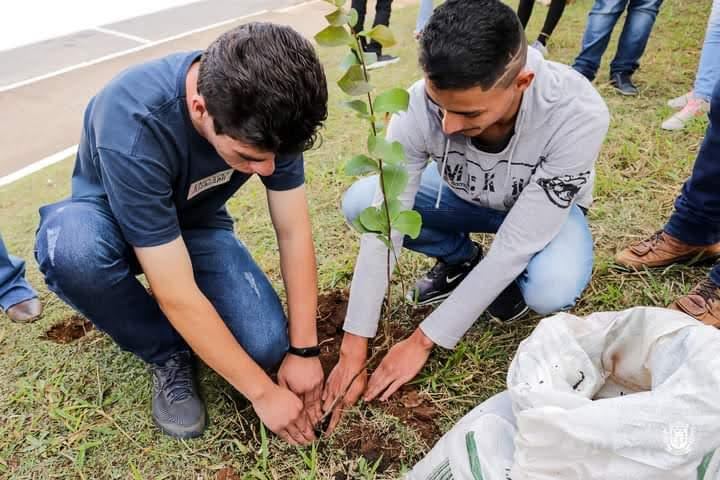
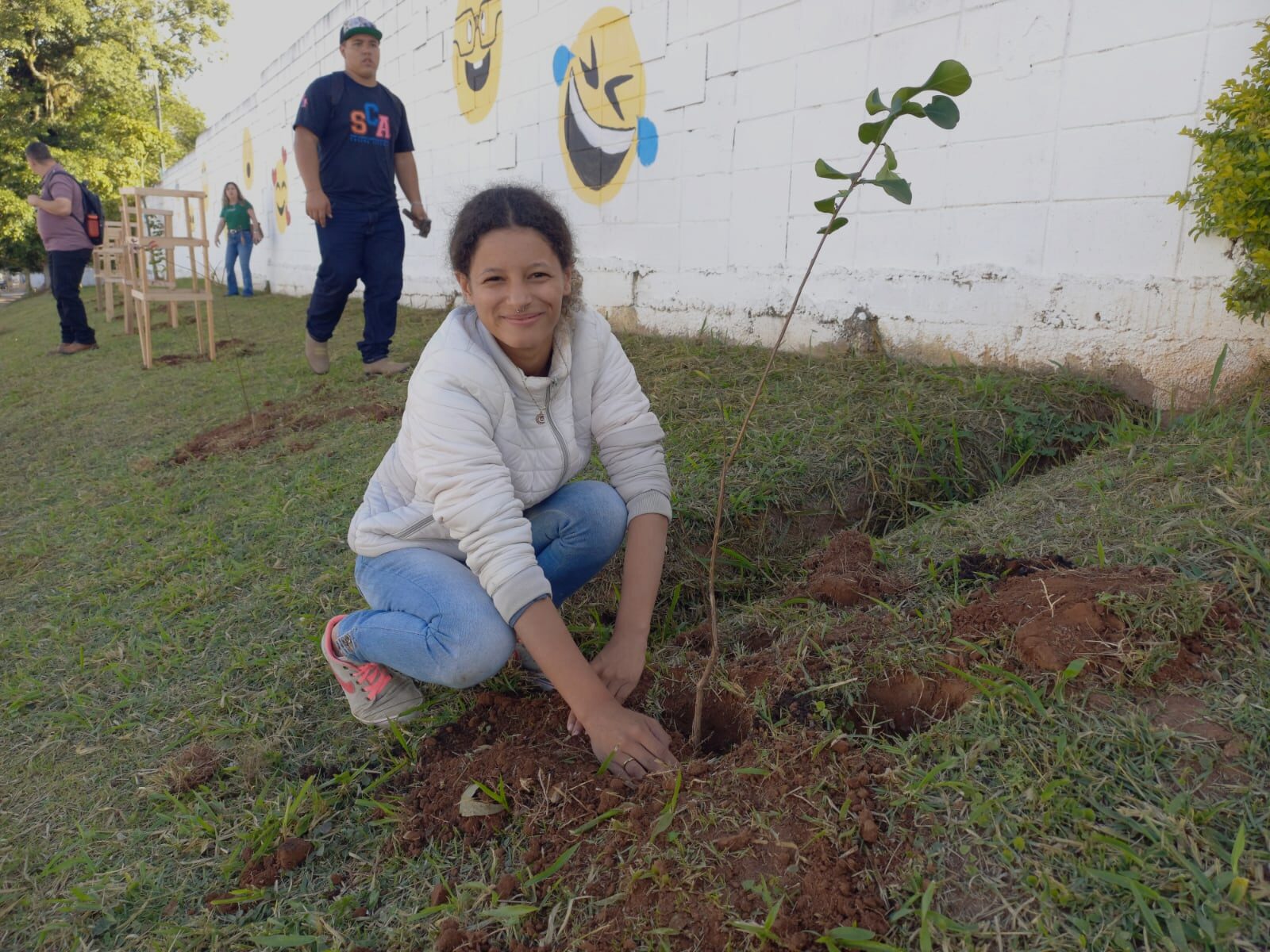
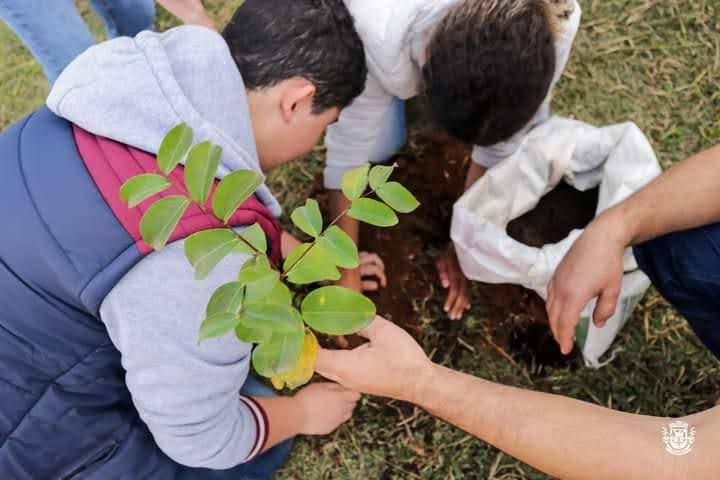
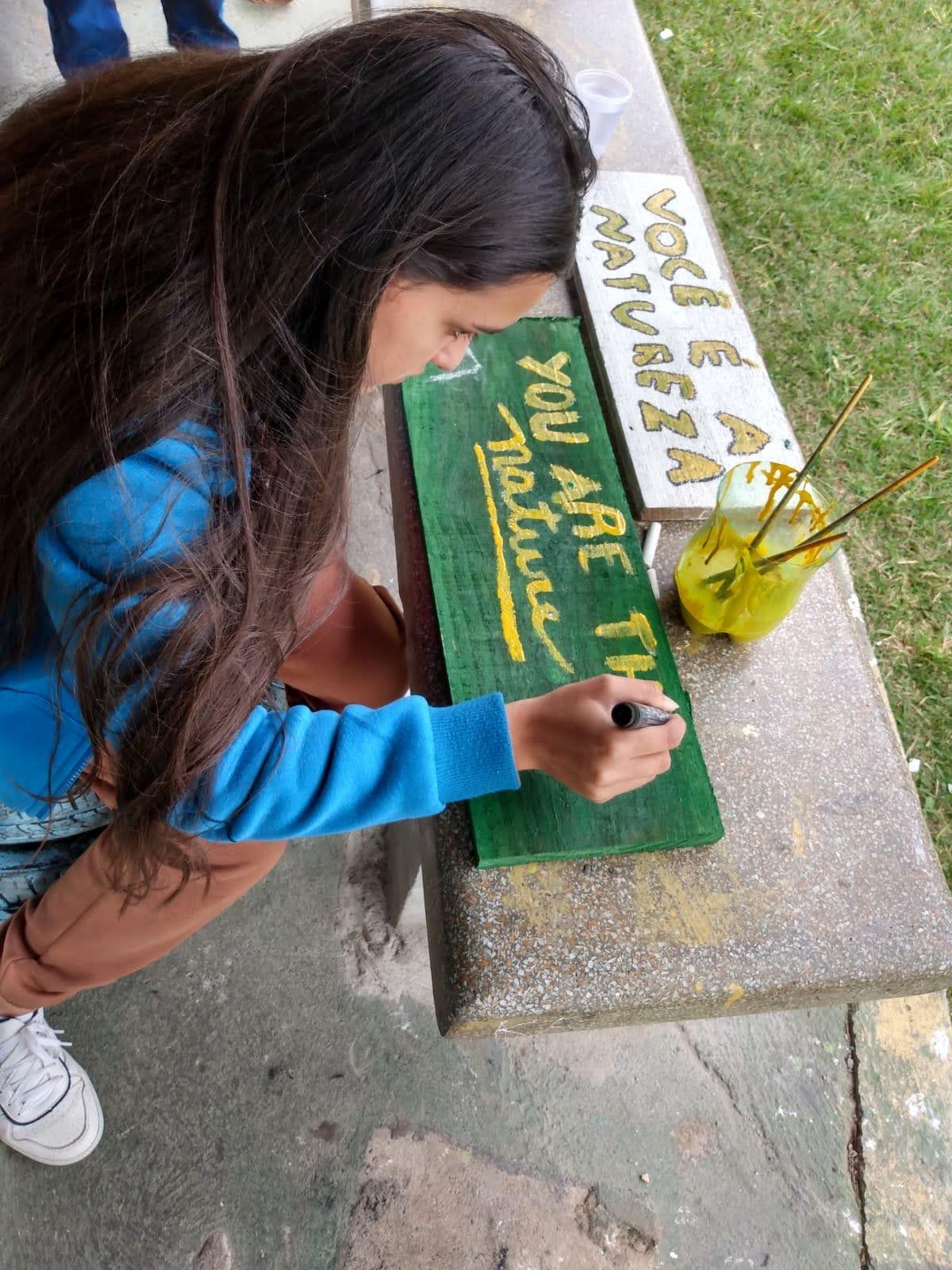
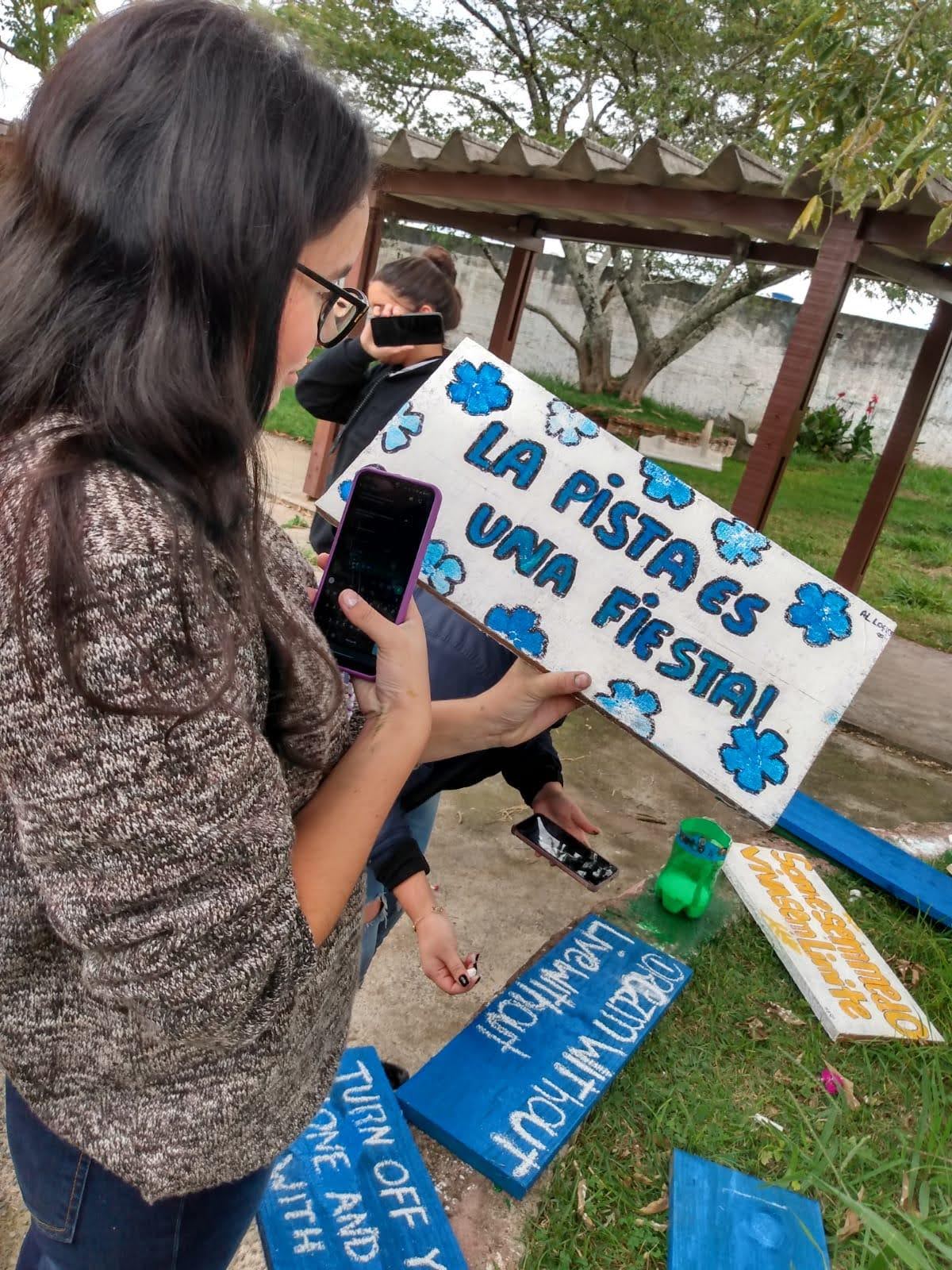

We want to hear from you!
Please take this 5-minute survey and help us serve you better.
